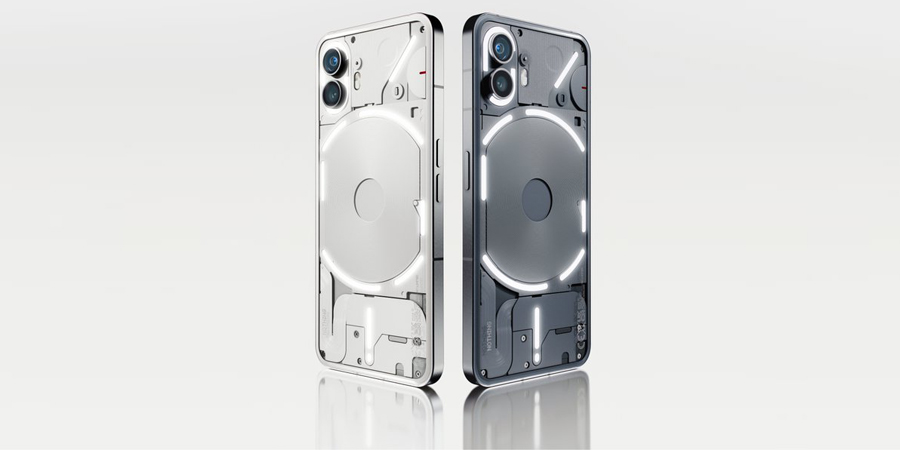The smart phone startup Nothing, headed by CEO and founder Carl Pei, has to do more than just upgrade its products to survive the US market, according to GlobalData experts. The UK-based Nothing Technology has recently launched its Phone (2) in the US.
“The number one priority for Nothing in the immediate future should be to offer support for Verizon’s network on its Phone (2) and strike carrier partnerships with all three major US carriers. Without doing these two things, Nothing stands little to no chance of making any material difference in the US mobile market,” says Ardit Ballhysa, Technology Analyst at GlobalData, a leading data and analytics company, offers his view:
He further goes on to say, “After establishing carrier partnerships, the company needs to develop an ecosystem of devices and services to push it further into the mainstream, where it can start to take higher levels of market share from rivals. However, given the company’s relatively fledgling status, it might take a few years before an ecosystem can start to take shape. It was at least positive to hear a mention of a long roadmap planned for Nothing, which consists of other devices to bolster the company’s ecosystem play.”
Ballhysa opines that company’s founder and CEO Carl Pei has done a tremendous job in garnering customer interest towards Nothing phones through his dynamic presentation and interviews with content creators, creating a “sense of community, familiarity, and ultimately loyalty to him and the company.”
The Nothing Phone (2) offers several improvements over the Phone (1). Such improvements include Qualcomm’s 8+ Gen 1 Snapdragon’s 2022 flagship mobile processor, better camera modules, faster charging, and a bigger and better display. With all these changes, the Phone (2) is positioned as a strong mid-tier offering that is better suited to take on Apple’s iPhone SE, Samsung’s Galaxy FE series, and Google’s Pixel A series, rather than their respective premium smartphones.
“The Glyph interface also received some updates over the previous phone to make it more customizable and personable to a user owing to an increase in the number of LED lights. In particular, users can dedicate one of the LED strips to act as a countdown timer, progress bar for volume, select delivery services, and manually create their own light pattern for notifications.”
“Despite these changes, the Glyph interface is still little more than a gimmick that has no useful purpose outside of serving as a party trick. The interface’s characterization as an innovative way to be alerted to notifications does not hold water, especially given the interface’s current lack of colored LED lights to offer more customization. Hearing a ringtone, seeing a pop-up on a phone’s display, or feeling a buzz from a smartwatch are, in most scenarios, better and more convenient ways of receiving alerts,” concludes Ballhysa.










